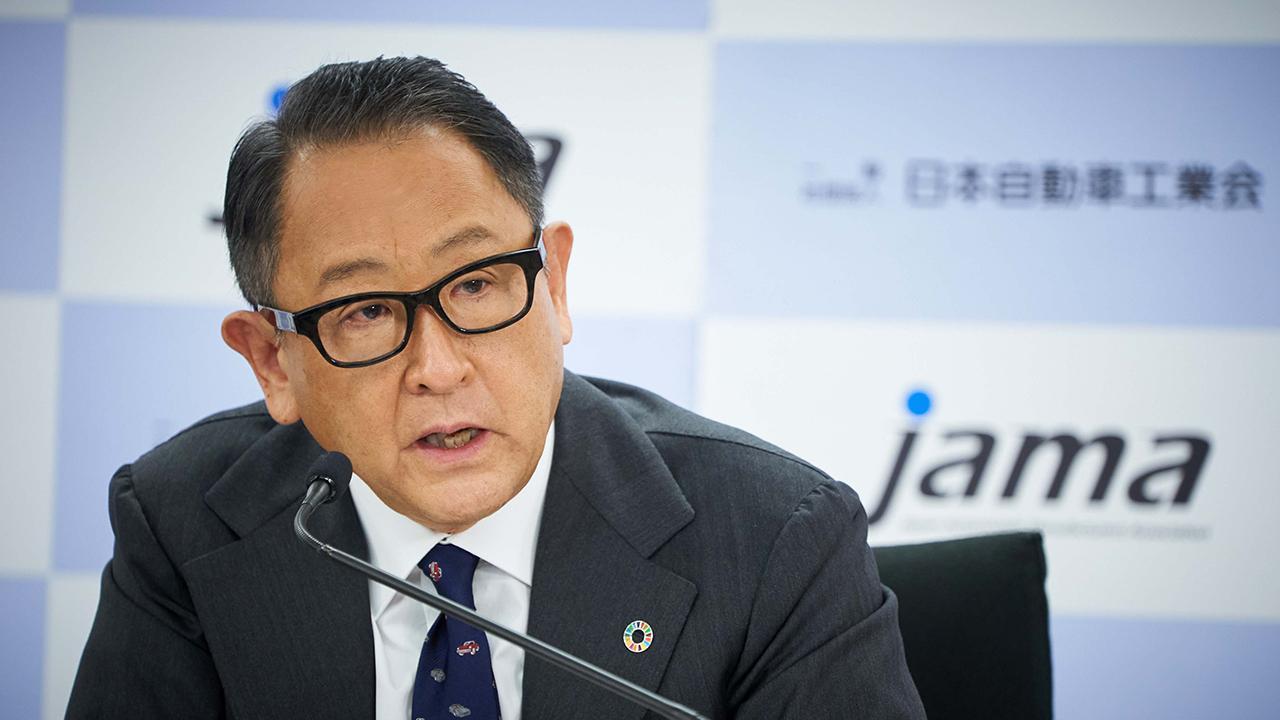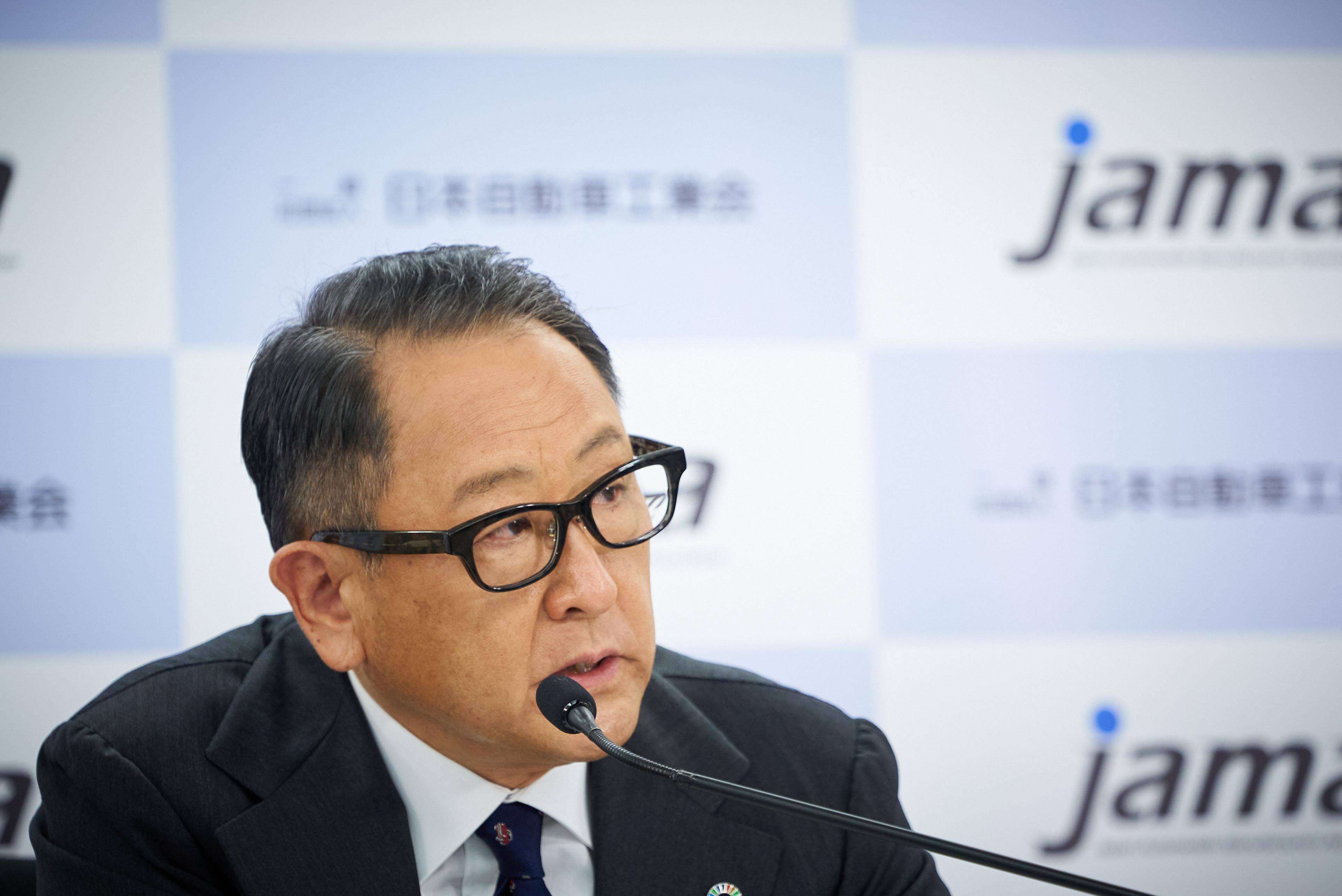
How has Japan's automotive industry supported the Japanese economy? Numbers revealed the magnitude and breadth of the impact of the automotive industry at the press conference announcing JAMA's new structure.

On November 18, the Japan Automobile Manufacturers Association (JAMA) held an online press conference during which a reporter asked: “What are your expectations and requests for the Kishida Cabinet, which is considering policies for the redistribution of income and acceleration of wage increases?” To answer, JAMA Chairman Akio Toyoda explained the automotive industry’s impact on the Japanese economy. Toyota Times shares the chairman’s response in full.
Chairman Toyoda
The other day, the prime minister announced a “virtuous cycle of growth and distribution” (as the centerpiece of his economic policy). Japan’s automotive industry has long been implementing continuous and steady wage increases for its employees. The average wage increase rate for the five years before COVID-19 was 2.47 percent, the highest among all industries in Japan.
Last year, even during the COVID-19 pandemic, while employment in Japan as a whole declined by 880,000 jobs, the automotive industry not only maintained employment but added 120,000 jobs. Assuming that the average annual income from such jobs is 5 million yen, you can understand that this means that an additional 600 billion yen is making its way into household budgets.
Also, the breadth of the automotive industry produces a large economic ripple effect. Profits from automobile-related OEMs are steadily spreading to suppliers and small and medium-sized companies. As the domestic shipments by OEMs totaled 330 trillion yen over the 12 years following the global financial crisis, considering that about 75 percent of that was purchased from suppliers, this indicates that about 250 trillion yen went to suppliers.
Also, if we set FY2007, which was the year before the global financial crisis, as 100, and make a comparison with the rate of increase in operating income and wages in FY2018, which was before COVID-19, the rate of increase in operating income in the automotive industry was 95 for large companies compared to 144 for small and medium-sized companies. For wages, the rate of increase was 112 for large companies and 126 for small and medium-sized companies, indicating that the rate of increase was higher for small and medium-sized (automotive industry) companies and that the increase was widely distributed and spread.
It is with great regret that I often feel that these continuous efforts are not properly understood by the government and the world in general. I would be very grateful if you could correctly understand the automotive industry’s efforts to keep the economy going while maintaining jobs, and I hope that next year’s labor-management wage consultations will not only be viewed from the perspective of whether or not management will respond in full to labor’s requests for a single year, but that medium- to long-term trends will also become points of focus.

At any rate, even though the automotive industry has continuously been making efforts since previous administrations, a change of government brings new demands as if what happened in the past never took place. I hope that you will by all means correctly evaluate and support the automotive industry, which is continuously and earnestly doing what it can.
As for contribution to growth, the total capital investment and R&D expenditure of JAMA companies in FY2019 totaled 6.2 trillion yen, and we are promoting enormous investments that will lead to Japan’s economic and social revitalization.
The automotive industry is a leading industry even in terms of its impact on the economy. So I hope that the government will, by all means, create a path that will allow the automotive industry to serve as a pacemaker on the road to achieving carbon neutrality.

